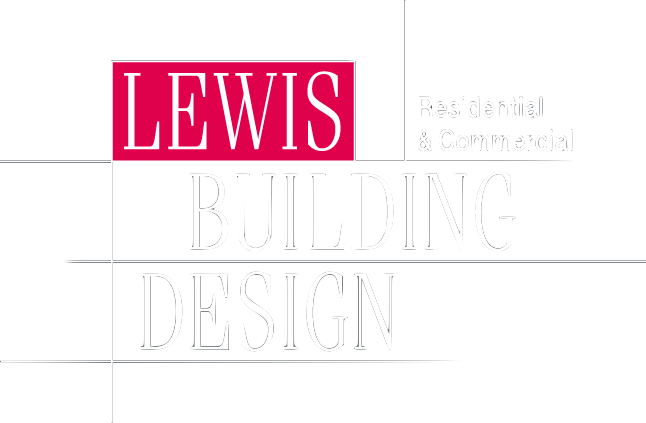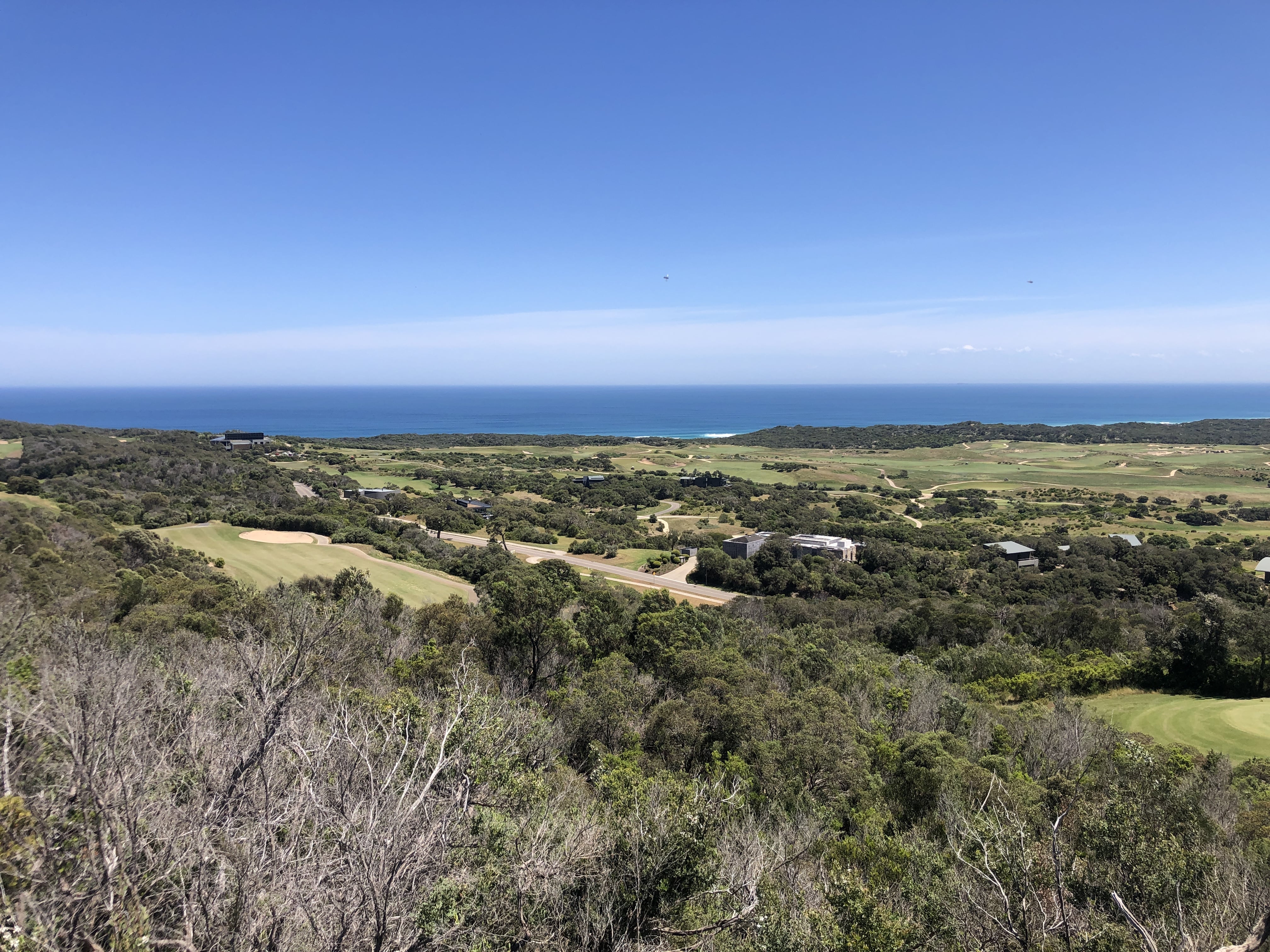Have you been dreaming about building a new home but don’t know where to start?
It’s easy to get caught up in the excitement of the dream home design stage, after all this is a huge moment in your life. But without a little forethought you can end up with a design hangover that gives you headaches for years (even decades) to come.
With a little planning, and the right help from professional home designers, turning your vision into reality doesn’t have to be daunting.
Follow the 10 commandments of dream house design to keep your build, and budget, under control.
Don’t make room sizes too big (or too small)
Designing the size of a room is a delicate act. Too big and you’ll throw off the functionality of the entire house. Too small and you’ll feel cramped and cluttered.
There’s no one-size-fits-all approach to room size. However, there are average Australian room sizes you can use as a guide with a living room typically around 25m2, bedroom around 14m2, and kitchen around 13.5m2. The easiest way to find your ideal size is for your dream home design to work towards your families needs.
Prioritise function over form so that your dream house design is aligned with your lifestyle.
Stick to your budget
If you’re considering designing a dream home, you’ve got unlimited options in your mind – though your budget may have other ideas.
There are many design and construction considerations that will affect your budget. The easiest way to stay on the right side of the ledger is to do your homework BEFORE construction begins. Use the home design phase to speak to experts and get an estimate of what your dream home will cost to build.
Once you have a figure that’s within your budget, stick to it. Adding extensions and making changes throughout the design and construction process is the easiest way to increase your costs. If you’re unsure about costs, take advantage of a free consultation with a design specialist to discover your options.
Work with the landscape (not against it)
You may have a vision for your dream home, but the land you build on might have other ideas. While you can build a unique home on any type of land, the amount of landscaping and earth-moving required can significantly increase your costs and construction timeline.
Great home design will incorporate existing land so your new home exists harmoniously with the landscape. This may include working with natural slopes and uneven surfaces. Avoid the cut and fill approach as much as possible for a quicker build, less unplanned costs, and fewer headaches too.
Unsure how to find the right land for your million dollar home? Find out how to buy the perfect plot of residential land here.
Utilise surrounding views
Everyone loves a good view. Whether you’re building near the beach or a sweeping Mornington Peninsula landscape, you can enjoy a ‘wow’ factor by playing to your new home’s strengths.
In terms of design, adding mirrors to rooms overlooking sweeping views can double the impact. While black window frames are a clever design touch that fade into the background and draw the eye to the outside view. When it comes to construction, a floor-to-ceiling window can open up a room so whether you’re looking at the beach or a solitary tree, it’s always a sight to enjoy.
Orient living spaces to the north
Dream home design is more than the aesthetic, it’s also about the way you live your life. Having living spaces facing north ensures good, natural light and extra warmth when the sun is at a lower angle during the winter.
It’s close to impossible to alter the orientation of your house after it’s been built, so plan ahead and enjoy the energy-saving efficiency and increased lifestyle benefits that come with a north facing home.
Face windows to the north (or north west)
Houses with a northern (or north-western) orientation are ideal in Australia as you can use the direct sunlight to heat your home in winter, while summer heat can be blocked to keep rooms cool.
The amount of heat won’t overwhelm you when the summer mercury rises, as the angle of the sun varies between seasons. The sun shines at a downward angle of 67 degrees during summer, but at a 32 degree angle during winter. This means you can design eaves to block the hot summer sun – while still allowing the winter sun to stream through the windows and keep your home warm.
Position utilities and services to the south
Your dream home should be designed to benefit your lifestyle all year round. An easy way to do this is to position utilities – laundries, garages, bathrooms – to the south.
South facing rooms receive comparatively little direct sunlight in winter, and only late afternoon/morning sun in summer. As your living areas should occupy the valuable real estate to the north, you should place your service rooms where the lack of light won’t be an issue.
Beautiful, warm sun in your living room is a joy to wake up to. Beautiful, warm sun hitting your laundry is a wasted opportunity.
Choose low-maintenance materials
Your dream home should be a pleasure to wake up to, not a list of chores. There’s no such thing as a maintenance-free home, but you can opt for low-maintenance materials during construction that require less attention, are easier to clean, and have longer life expectancies..
Here are some simple, low-maintenance features to consider:
– Metal roofing
– Groutless flooring
– Stain-resistant fabrics
– Paved garden or outdoor decking
– Weather-proof windows and fencing
Ensure each room has sufficient light & ventilation
You’ll be spending the majority of your time at home (up to 70% for the average Australian) so your dream home needs to keep costs down and promote health and wellbeing.
Use the house design process to make natural lighting and adequate ventilation a priority. The layout and design of your windows should be to bring in as much natural light as possible as natural light boosts Vitamin D, improves sleep, and will slash the cost of your power bills. Win-win-win. Ventilation provides similar energy-saving benefits with a proper ventilation encouraging the circulation of air while removing warm air, and bringing in cooler air to reduce the temperature inside.
Create an energy efficient home
It’s easy to think home design is about how your house will look, but great design leads to better energy efficiency from top to bottom. Australia is one of the sunniest places on earth, making solar power a simple way to heat your home – either using your home’s natural orientation or through additional solar panels.
Your windows and doors are like giant holes where energy escapes, so by adding energy efficient elements like insulated windows and doors, LED lighting, or smaller rooms, you can lower your bills.
Have you got your dream house design in mind?
The process of designing your dream home is challenging, but also highly rewarding.
Taking a vision and watching it come to life before your eyes is part of the great Australian dream. By following some simple house design tips you can create a home that’s designed to suit your lifestyle, is energy efficient, and creates a seamless living experience inside and out.
Not only will this save you time and money, but you’ll wake up each day knowing a little foresight saved you a lot of trouble.


